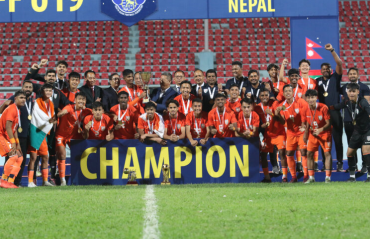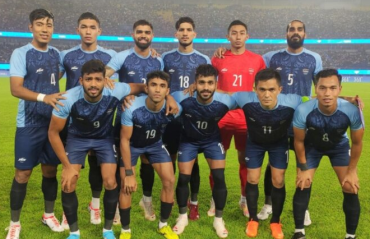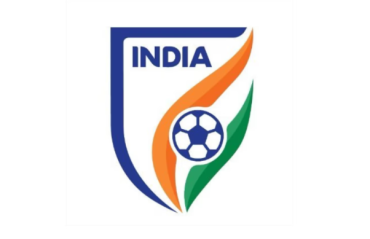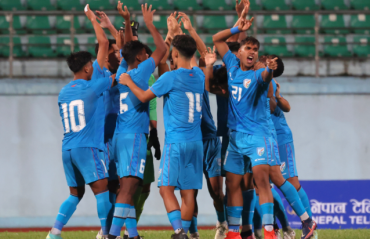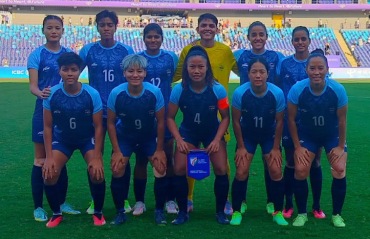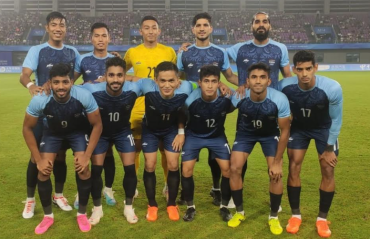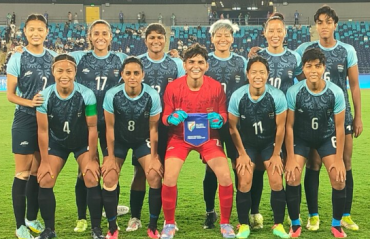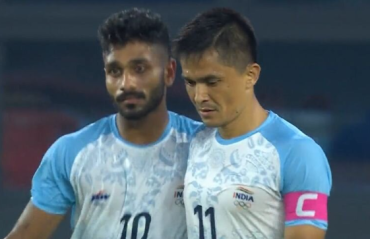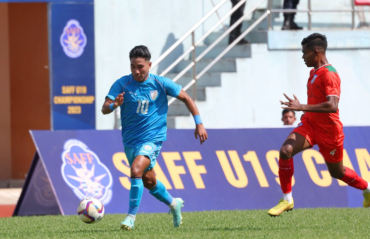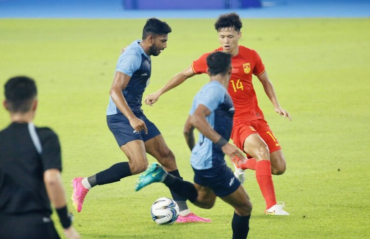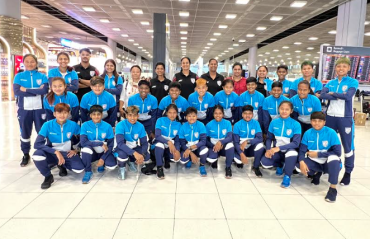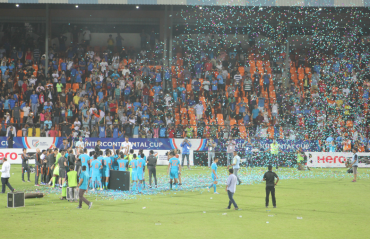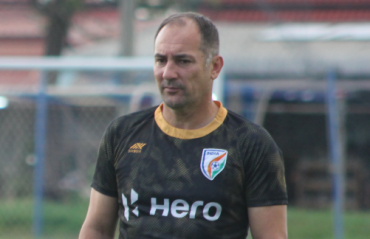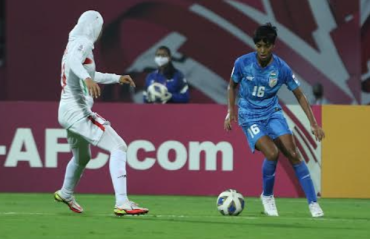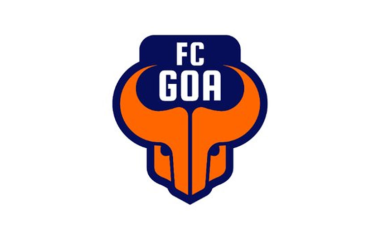SUNBURNT TERRACE: Unified I-League, ISL ideal, but impact to spare none -- Part 1
- By Chiranjit Ojha

- November 30, 2015
IT ALL MAKES SENSE NOW. Why Pune FC and Bharat FC pulled out in tandem over the summer. Why Royal Wahingdoh, after months of rumours and confusing speculation, decided to withdraw from I-League at the last moment. Why after one year of partnership Shillong Lajong decided to sell all its stakes in ISL franchise NorthEast United and separate from them.
It has been known for a while that I-League and ISL are going to be unified into one long full-season league. This is something most fans and players are in favour of; it is the only way to resolve the chaotic situation that has prevailed over the domestic calendar ever since the ISL arrived and split it down the middle.
But the logistics of this merger of epic proportions are as complicated as they get. And this is where the months of deliberations, disagreements and debates in closed boardrooms will come into play. But one of the prevailing - and most likely - models being proposed is that of constituting the new league as one based on the ISL's franchise model.
While it makes obvious sense for the new league to retain the ISL brand name, holding on to its policies on team distribution makes the waters a lot more muddy.
The proposed model suggests that the new league should have a one-team-per-city policy, with special exceptionsc for cities like Kolkata where rival clubs like East Bengal and Mohun Bagan have large followings of their own. Implementing this policy would be one way to counter an issue that has plagued NFL and I-League since forever; clubs being congested in particular regions, preventing the league from gaining pan-Indian presence. But while this approach does address those concerns, it also rings a death-knell for a number of clubs who will be barred from playing in the nation's top division.
When it came to Pune, the ISL's Pune City was the obvious front-runner to retain the franchise in the new league. This meant the end of the road for long-running I-League club Pune FC, and they folded their first team operations this summer, as did the short-lived Bharat FC. DSK Shivajians have come up as the new I-League club from the city, but they are reportedly in talks for merging with Pune City. The Shivajians already have everything in place to fulfill the AFC club licensing criteria. Pune City will be spared the trouble of building anything on their own.
Up in the North-East, the Guwahati franchise already belongs to NorthEast United. And since Shillong Lajong have separated from the John Abraham-owned team, they became the front-runner for getting the Shillong franchise thanks to influence and money-power. That's why Wahingdoh pulled out. They waited till November to do it so that AIFF don't get to spin their withdrawal as "failing to meet licensing requirements" as they did with Pune FC and Bharat FC. They wanted it to be known loud and clear that they were walking out of the I-League as a protest; that they have been shut out from having a role to play in the future of Indian football.
In Mumbai, the situation is a bit curious. The city has two teams to speak of; Mumbai FC in the I-League and Mumbai City FC in the ISL. But while Mumbai FC play their matches at the Cooperage Stadium in Colaba, Mumbai City are based in the D Y Patil Stadium in Navi Mumbai; that's a different district altogether. So by that loophole, both teams may be allowed to co-exist in the city.
Goa, meanwhile, is ripe for the merger. Merging Salgaocar and Dempo with FC Goa won't take long. And the only other I-League club that lays a claim to the Fatorda Stadium - Sporting Clube de Goa - are reportedly waiting for their 60th anniversary to close down.
But the power-play behind this rule comes to the fore in Bangalore, where Ozone Group, a sponsor of ISL franchise Chennaiyin FC, have acquired the rights to renovate the Bangalore Football Stadium and started a new club - Ozone FC - that aspires to play in the I-League in a few years. This looked curious from the start because the city already has Bengaluru FC; a club that has single-handedly built a football fan culture in the city. If the new league is to have just one club per city, why would Ozone Group, a company well-connected with ISL and the powers that be in Indian football, open a club in that city?
It smells of a strategic move; a ploy to weaken Bengaluru FC's negotiation power when the terms of merger are agreed upon. BFC have been one of the major opponents of ISL; and they are the only club who have the financial backing to stand up to the cash-rich private tournament and its stakeholders. So weakening them would be crucial to get them to agree to some of the harsher terms; like potential franchise fees.
But we can probably trust Bengaluru FC to weather this storm as well. They have established themselves as one of the most impactful clubs in the country, and they will definitely have a long haul in Indian football. But a larger impact of this model will be seen on the second division.










